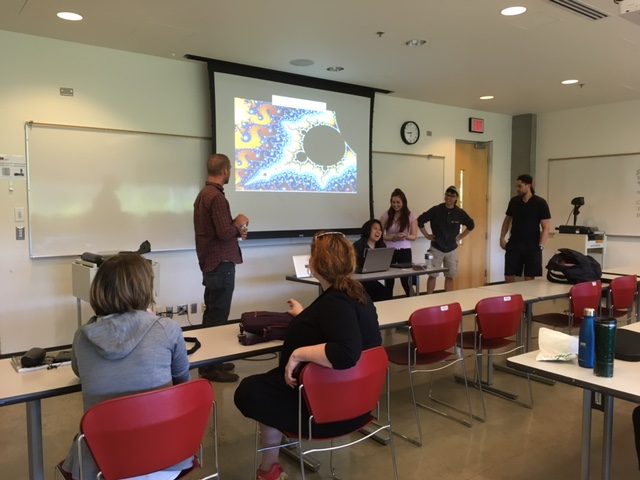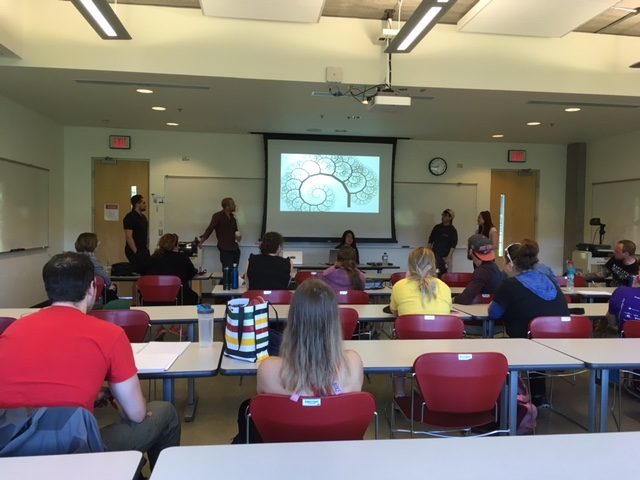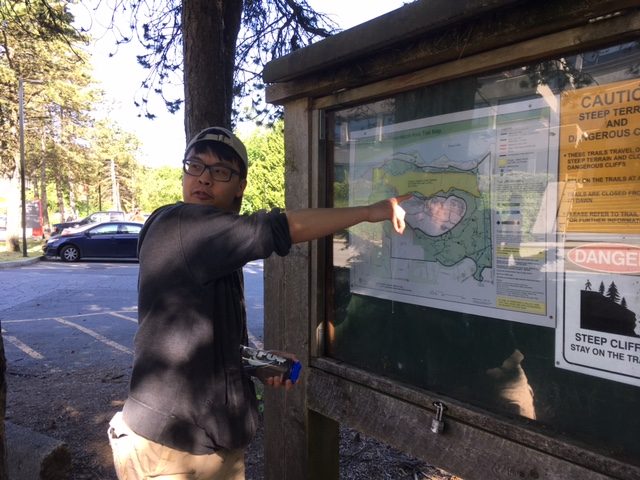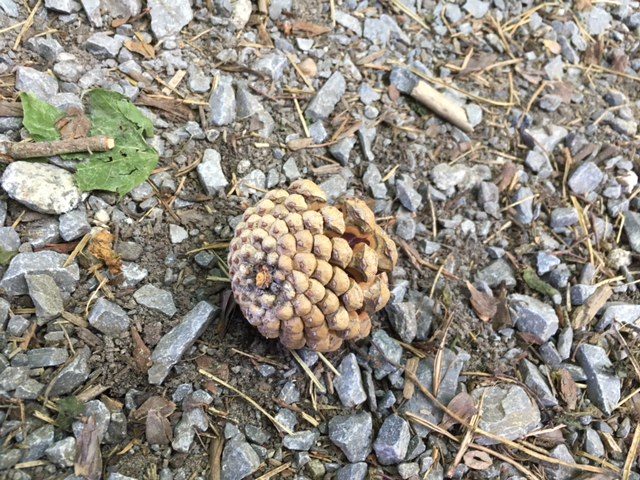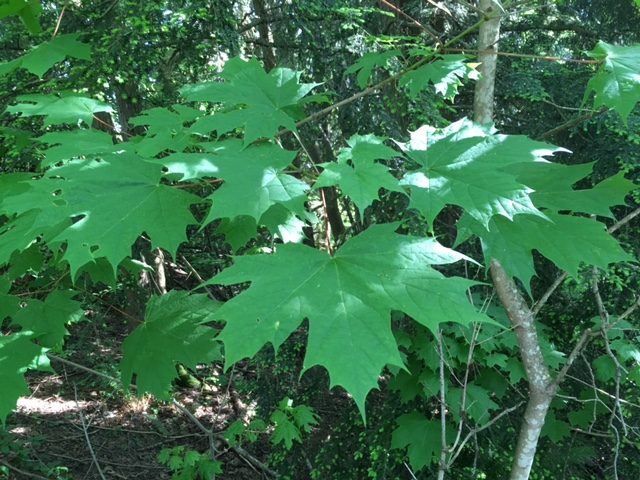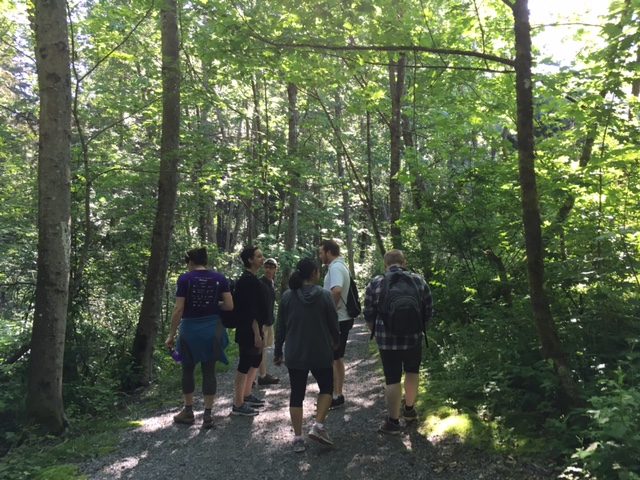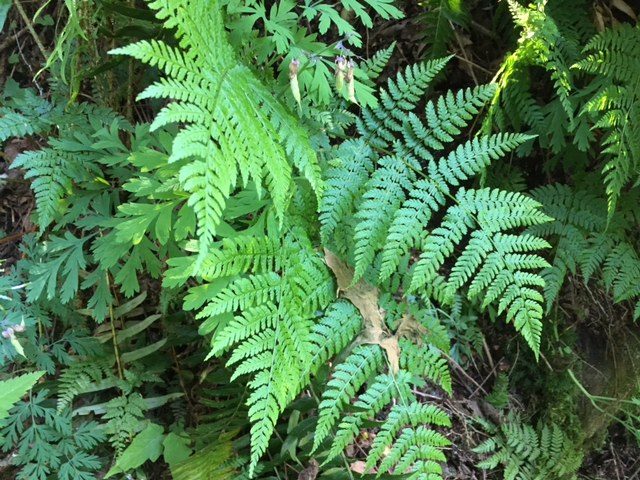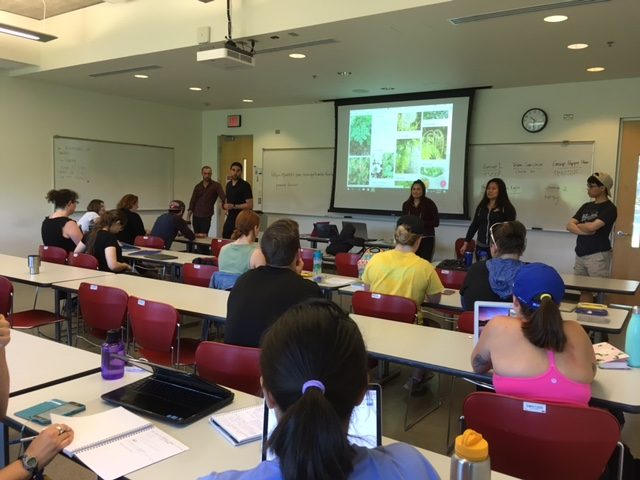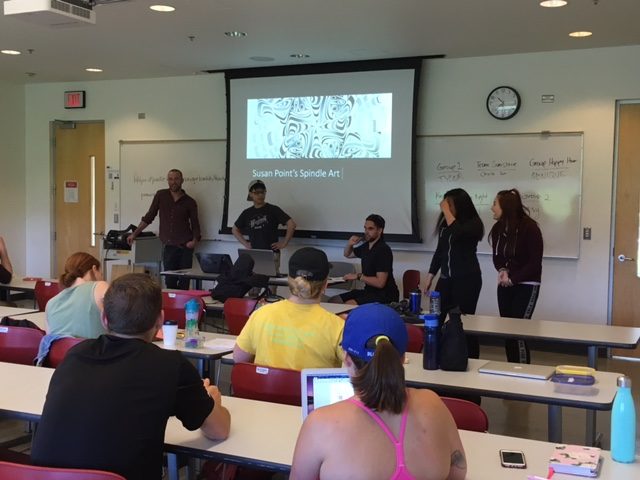The Pedagogical Rut
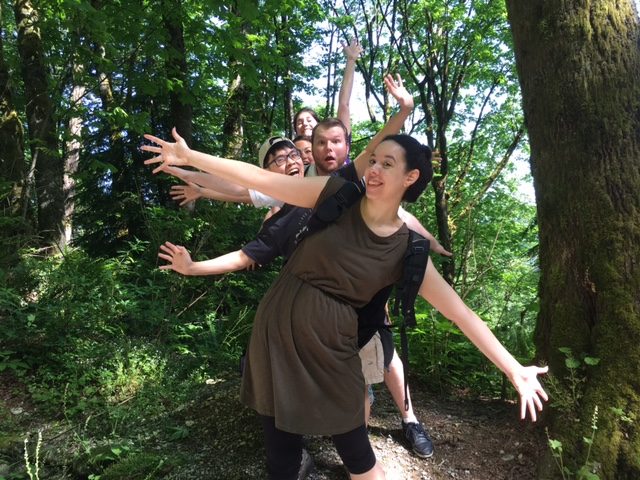
Week 5 – EDUC 454 D100 – June 6, 2017
The question of the week was: “How would you embed environmental education into your practice to enhance the student learning experience?” We had just finished readings on the experiential learning cycle and outdoor education – missed opportunity and I wondered how students would embed environmental education into their teaching practice, particularly when my students are pre-service secondary teachers in the fields of social studies, English, fine arts, science, and physical education. I also wanted to take our reflection further with a supplementary question: “How would you overcome a pedagogical rut?” In light of reflection in teaching and the experiential learning cycle and working in isolation from other teachers in schools, how would one overcome a pedagogical rut and how would one know if they were in one or not?
The last article we read regarding outdoor education – a missed opportunity, I was left feeling a little but bummed. I often look to articles/research for some enlightenment or inspiration and this one left me feeling flat. It was brought to my attention by a student in my class that it was not a “negative” article, but one that informs us. Agreed. The article/research found that there was very little difference between teaching indoors from teaching outdoors. What occurred to me was the teacher wasn’t teaching any differently. I guess this is informative. From out class discussion, the students felt that maybe if teachers were provided more professional development on play-based learning that the outcome would have been different. Furthermore, some students brought up the notion of not having the resources to adequately engage in play-based outdoor education while others mentioned that they were “not allowed” to take the risks of implementing outdoor education or outdoor activities at their schools. Another student mentioned that maybe the word “risk” is taken out of context such that teachers are unwilling to take risks, whereas another student mentioned that teachers are not positively perceived by the public such that there was a lack of trust. Wow. It was a rich discussion and I wonder about what teachers can do to embrace outdoor/environmental education into their practice regardless of what grade level or subject area they teach.
I was struck by the idea of being in a pedagogical rut and how do you know you are and how do you get out of it. Agreed, it would be a detriment to the teacher to engage in outdoor/environmental education if they are not supported by their school administration, thus oppositional to the district’s strategic plan, policies, and regulations. However, if one can make an argument as to why it is beneficial to student learning, then it’s tough to dispute. Another point to make is, it is tough to teach play-based learning if you have never engaged in play-based learning as a learner. There is something to be said about teaching something that you have no knowledge about. It is extremely challenging. Thus, I have a core belief that one must engage in “something” as a learner in order to teach that “something” to someone else. This is a oversimplification of what I intend, but I suspect that this was one of the problems of what was found in the outdoor education – a missed opportunity article. This thinking lends to my second thought of the PEDAGOGICAL RUT. Whether if you teach something inside or outside without changing your pedagogy, then it would be expected that the learning experience for students would not be any different.
Although my students may not have experienced a pedagogical rut because they are “new-to-be-teachers,” I am confident that they have witnessed at least once a teacher who was well entrenched in a pedagogical rut as a learner. If teachers are not reflective practitioners, or at least take the time to look at their practice in a critical way, then how can they realize that they are in a pedagogical rut. I mean, if it’s “working,” then why would one change? Furthermore, teaching occurs in the closed confines of a classroom (well, most of them), which is physically separate from other teachers. Do teachers give other teachers feedback on their teaching practice? Do teachers talk about their practice in a constructive way with the intention of seeking input and improving practice? Furthermore, do teachers have a “critical friend” who is wholeheartedly willing to provide feedback on the “concrete experience” to their colleagues to supplement the colleagues’ “reflective observation” so that they can engage in “abstract conceptualization” and embark on “active experimentation”?
I am skeptical. There is so much happening in a teacher’s day that taking a moment to reflect on their practice and in the company of other teachers would be a rare occurrence. I had many moments of reflection, but never in the way of my pedagogy and seeking help from others as “critical friends.” Personally, I just got frustrated or complacent. Both places are not ideal for the reflective practitioner. The opportunity to reflect, connect, and experiment needs to be embedded in system’s structure but also it’s culture. I’m not sure if this is happening. I know, as least for me, I am trying to create that for my students in my EDUC 454 class. It’s risk-taking, for sure. It’s also a way for me to PLAY or engage in active experimentation so that I can learn more about my practice and pedagogy. I am so grateful that my students (aka. student teachers) are helping me learn more about environmental education, the role of numeracy across the curriculum, and inquiry based learning. It is absolutely FUN.
As mentioned in a previous blog entry, the best part of teaching is the learning. Look at these photos below. My students are teaching and learning in cooperative groups. This was our second group facilitation. They taught the class about FRACTALS in nature. They started the class teaching us about fractals and the different types. They took us outside to look for fractals in nature. Then, used technology to gather data (aka. the photos we took of fractals in nature) and share them together online via Padlet. We concluded the learning experience with creating our own fractals on paper, deriving the formula of the fractal to the n-th power, and connecting fractals to art in class. They integrated environmental education, mathematics, and their subject specialty into this co-created and co-facilitated learning activity as teachers and as learners. I was so engaged. My mind was blown AGAIN… learning something new. Did you know that the perimeter of a 2-dimensional fractal is infinite while it’s area is finite? Similarly, did you know that the surface area of a 3-dimensional fractal is infinite while it’s volume remains finite? It was a great day and I learned a tonne.
To answer my questions above… reflect, revise, and experiment. KEEP LEARNING.
